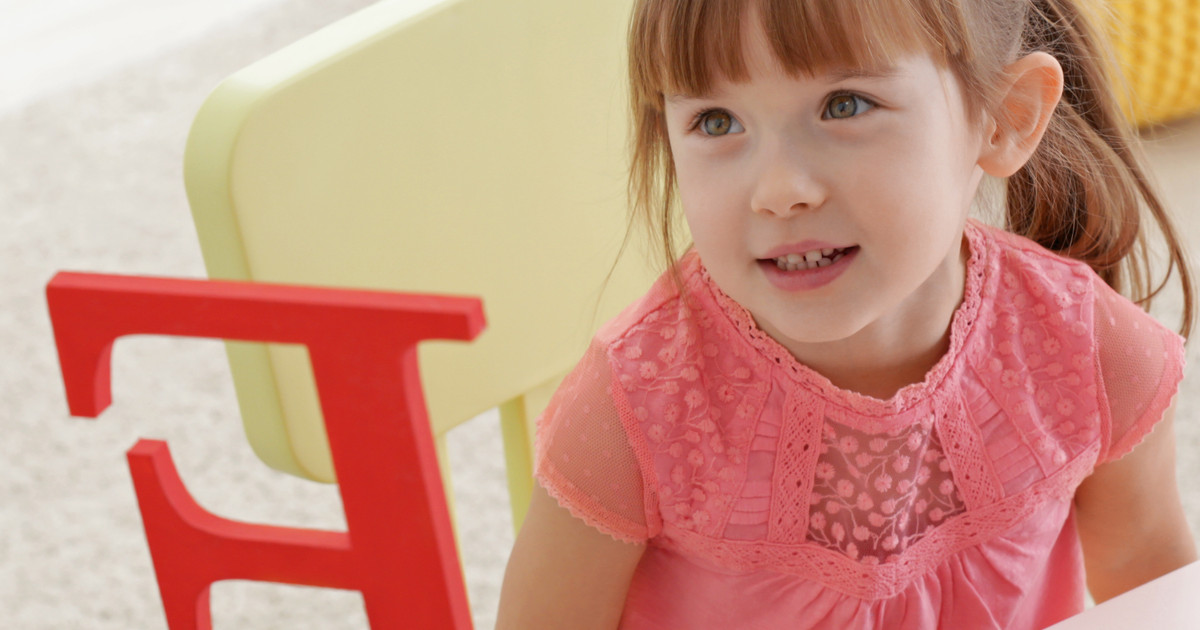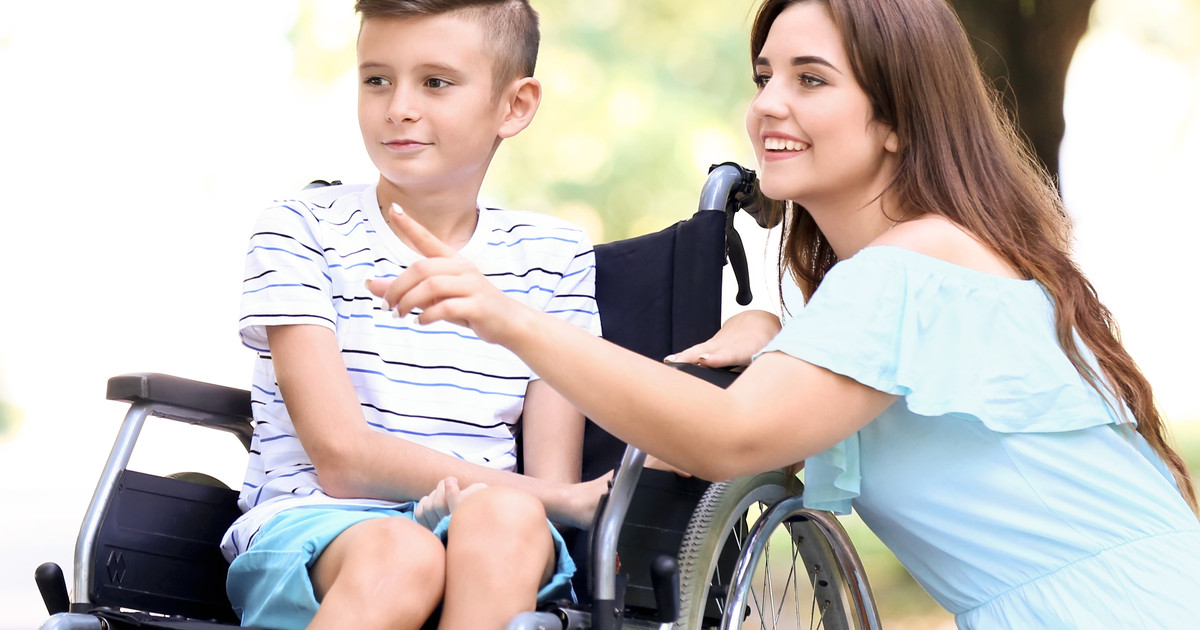Learn About Treatments For Periventricular Leukomalacia (PVL)
Periventricular leukomalacia (PVL) is a tough brain injury. Infants get this one, and it causes damage around their ventricles in the white matter. The white matter is what should be transmitting messages from the nerves to the brain and back. Infants born prematurely or at a low birth weight are at high risk for PVL. Unfortunately, many babies with PVL often develop cerebral palsy. The major signs of this are delays in development, tight muscles, vision issues, and motor skill problems.
Ladies, symptoms direct the treatment for periventricular leukomalacia. Many kids need physical therapy for PVL, and occupational is another standard method used! Of course, doctors will also talk about medication for PVL. This can mean seizure medication or pain meds for inflammation. In the end, though, it's vital to understand all of the effective PVL treatments, and those that are also cerebral palsy treatments, and review them with a doctor.

Medication
Sadly, there's no medication to handle PVL directly. That said, ladies, medications can relieve many of the symptoms! Kids with PVL need different medications based on their symptoms. However, there are standard ones to watch for! Anticholinergics handle tremors and uncontrolled spasms. They even treat spasticity! Anticonvulsants do all of that, but they also treat seizures for the kids who have them.
Many kids with PVL experience issues regulating their emotions and with low mood. This is when a doctor prescribes antidepressants for PVL! Tight and inflamed muscles are often a severe symptom in PVL, especially when kids develop cerebral palsy. The good news is that anti-inflammatories handle the pain and inflammation! Kids may also have digestive issues, but stool softeners treat this fast.
Physical Therapy
Physical therapy's great for treating PVL. It will also help when cerebral palsy follows! Ladies, this one helps with the motor problems kids get with this injury. Kids with PVL are usually delayed in their development! That means milestones, like sitting at 6 months or walking at 12 months, are harder to reach. This condition delays them.
Thankfully, ladies, physical therapy helps. The therapist evaluates every kid they see. With PVL, this helps them figure out where there are issues and how much practice the affected kid needs. They will create the best physical therapy plan. Ladies, they will also show you how you can help at home too! Kids with PVL learn how to move their muscles differently to help with this condition. They get a lot of practice in!

Speech Therapy
Speech therapy helps kids with PVL reach speech milestones, even if it takes a little extra work. Ladies, this one helps with cerebral palsy too! Many kids with PVL, cerebral palsy, or both, have speech issues in at least one of 3 categories. Those 3 are spastic, ataxic, and athetoid! The first one includes issues like words that sound a little slurred. The second category refers to speech issues like problems controlling throat, face, and neck muscles. Finally, there are athetoid speech issues. Ladies, a significant example is monotone speech, but with weird accelerations and pauses.
Speech therapists do many things for kids with PVL. They help make their speech muscles strong! These therapists also boost motor skills. Finally, they also help make the kids' understanding of language much better. Kids with this condition who also have issues swallowing can benefit too. Of course, ladies, the ultimate goal is to boost how they communicate thoughts and feelings! Speech therapy works wonders for kids with PVL. It boosts learning and independence. It also means better cognitive, social, and emotional development!
Occupational Therapy
Occupational therapy is another strong way to handle PVL, especially when it's followed by cerebral palsy. Ladies, the role of the therapist changes. It all depends on what each kid needs! That said, this type of therapy helps kids with PVL gain independence. The therapists often teach them skills for better play and learning. They will help them learn tasks that require fine motor skills as well, like brushing their teeth. Processing sensory information can be hard with PVL. Occupational therapy helps these kids too!
Kids who get this kind of therapy have a lot more independence. Their quality of life improves, ladies! Many of them get more confident and develop other skills easier too. Parents, like you, won't have as much on their shoulders, thanks to this therapy.

Assistive Devices
Assistive devices are very common with kids who have PVL. Ladies, they're even more common when cerebral palsy comes after. These devices let kids be independent. They can be many things, like mobility devices. These are walkers, braces, and wheelchairs, which all help kids with PVL move! Adaptive devices exist for improving communication too. Ladies, this means kids with PVL can use communication boards to share their ideas through pictures. There are even speech-generating devices and typing devices for the kid who struggle using their speech muscles! The typing devices are especially great for kids who can't hold a pen and write well.